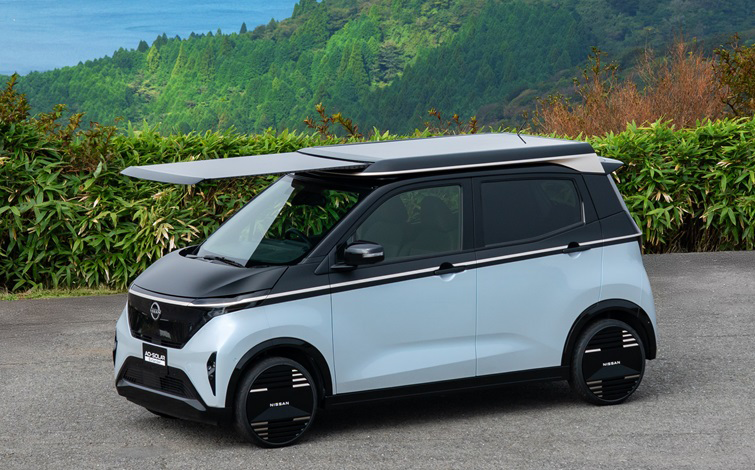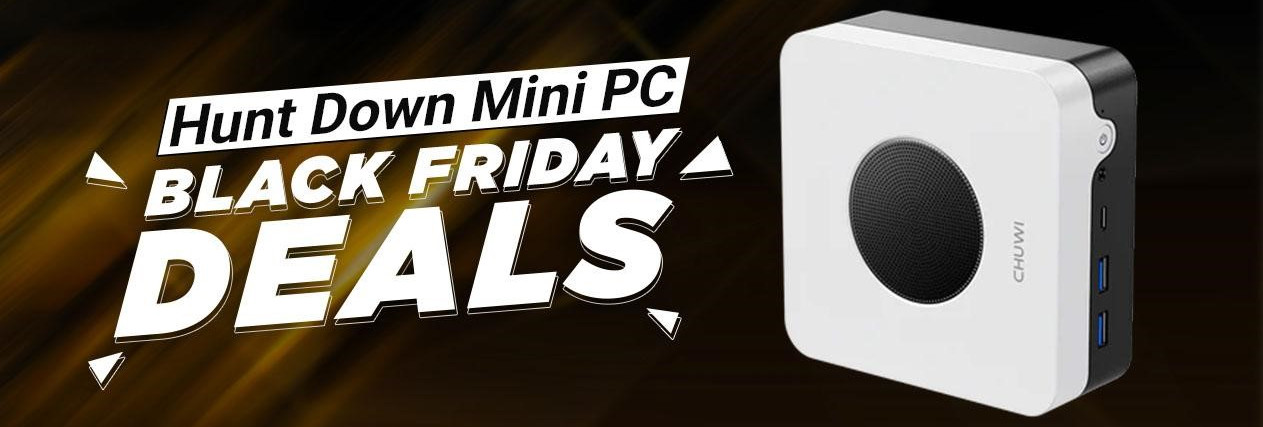
I’ve always seen the mandatory battery rental as something close to a scam, making electric cars more expensive to run than diesel alternatives. Furthermore the existence of a battery lease indicates that the automaker isn’t confident in the quality of its batteries and scares away potential customers - by stating that batteries are more prone to failure than other components. This is why we’ll never see battery rentals in automakers that are proud to build good quality electric cars, such as Tesla or even BMW - that don’t see batteries as problems.
Few days ago SK Innovation announced that the start of production of improved NCM 811 battery cells is near, now it’s time for its main competitor - LG Chem - to do the same.
President of LG Chem’s battery business, Lee Ung Beom, just announced that:
“We will first produce the (NCM 811 battery), and you can see it next year”.
We might see those 60 kWh batteries next year, in the 2019 Nissan Leaf. According to Nissan’s global sales and marketing division, Daniele Schillaci, the 2019 Nissan Leaf will get more than 225 miles (362 km) EPA range from those…
Until now, Tesla wasn’t known for making high efficient electric cars, but this will change with the Model 3.
From the start Tesla’s goal was to compete with top performance gas cars and efficiency wasn’t that important. However, if we can have top performance and efficiency with the same car, why not?
Thanks to Akilae from the Model 3 Owners Club, we can now compare the efficiency between the three Tesla models currently on sale and I’ve to say that I’m pretty impressed.
Now that almost every other electric car got a battery upgrade, it’s time for the Fiat 500e to get its own. Let’s see the possibilities for upgrades.
Currently the Fiat 500e has a Bosch battery pack made with 97 Samsung SDI cells, each with 63 Ah capacity. While Fiat says that the battery capacity is 24 kWh, if we do the math the figure we get is 22,9 kWh (97 x 63 Ah x 3,75 V). Nevertheless, the Fiat 500e gets a 87 miles (140 km) EPA range, which is pretty good - for an electric car that has been available since 2013.
It’s not the first time that we found Samsung SDI 94 Ah battery cells on sale at online stores, but it’s the first time it happens at a reputable and well known source.
The price at ev-power.eu isn’t very friendly (162,69 € without VAT), but it’s always nice to at least have the opportunity to buy the battery cell from third-party suppliers if we really need to.
Below is the information we can find at the online store.
Starting this month - with the new 35,8 kWh battery for the 2017 Volkswagen e-Golf - Volkswagen will begin to use Samsung SDI as its supplier for battery cells.
This means that Panasonic/Sanyo loses a big customer for their battery cells, but it doesn’t seem that important since Tesla and now Toyota - with the Prius Prime - will keep the demand high.
As a side note, I’ve to say that in my previous articles I wrongly assumed that Volkswagen would keep Panasonic/Sanyo as its battery cell supplier and I’ve to thank Grendizer for the heads up.
It’s not a secret that the Q90 powertrain built by Continental for the Renault Zoe has low charge and discharge efficiency. While the low discharge efficiency results in lower range than we have with the R90 powertrain - designed and developed in-house by Renault -, the low charge efficiency results in wasted time and electricity/money.
Let’s compare the charging efficiency of the two Renault Zoe’s powertrains. To build the table below, I used the information available in Renault France website. The charge was set to 80 % for the ZE 40 (41 kWh) battery.
In order to help you compare some of the most popular electric cars currently available, I made a table with EPA range and efficiency figures.
It might help you decide which electric car is the best for you.
Electric car
Range
Efficiency
Combined
City
Highway
Combined
City
Highway
BMW i3 (94 Ah battery)
183 km
201 km
165 km
17,75 kWh/100 km
16,23 kWh/100 km
19,75 kWh/100 km
Once Elon Musk was the CEO of a company called Tesla Motors, that built amazing electric cars. Now that company is just Tesla. No longer produces only electric cars, it also makes energy storage systems, with solar panels and tiles to be added to Tesla’s production soon.
Cars with solar roofs aren’t new, hybrid cars like the Toyota Prius or the Fisker Karma had them even when the efficiency of the solar cells made back then was lower than it’s today.
Before going to the new battery, let’s see the characteristics of the older one.
You’ll find this video lecture from Renault very interesting.
First generation battery:
Total weight is 290 kg (280 kg are quoted in the video, but in every other source is 290 kg)
Volkswagen’s strategy for batteries could be resumed to using the same cells for BEVs and PHEVs. It has its pros and cons. But we’ll look into it ahead.
Volkswagen currently uses 25 Ah NMC cells made by Sanyo (owned by Panasonic) to make the batteries for its BEVs and PHEVs.
While it’s not easy to find simple information like weight and volume of these cells, Joachim from endless-sphere.com forum got some units and we now have some data.
The 43 kWh battery for the Renault Zoe was built by Imecar Elektronik Turkey in cooperation with Renault Turkey.
The 18650 format cells used appear to be the popular green cells made by Panasonic, the NCR18650B (3.400 mAh). We’re talking of more than 3.400 cells used in the battery pack. If we consider that the battery pack has 43.000 Wh capacity and each cell has 12,41 Wh (3,65 V x 3,4 Ah), it takes 3.465 cells.

